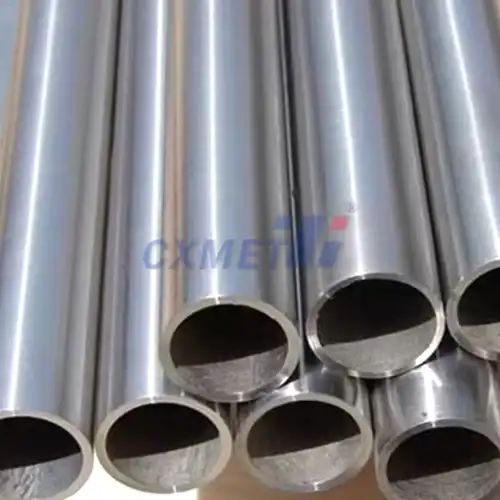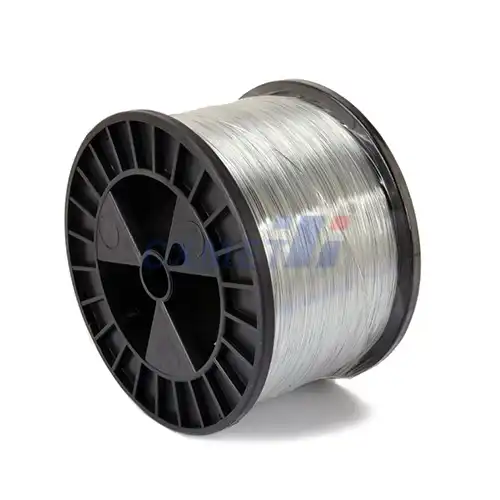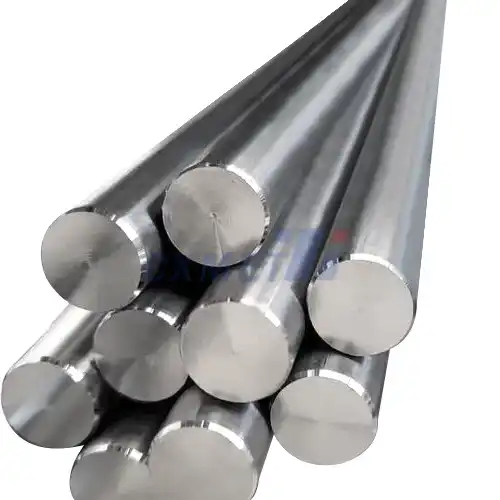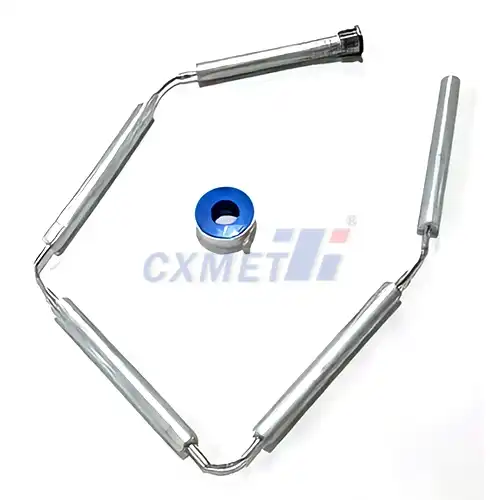- English
- French
- German
- Portuguese
- Spanish
- Russian
- Japanese
- Korean
- Arabic
- Greek
- German
- Turkish
- Italian
- Danish
- Romanian
- Indonesian
- Czech
- Afrikaans
- Swedish
- Polish
- Basque
- Catalan
- Esperanto
- Hindi
- Lao
- Albanian
- Amharic
- Armenian
- Azerbaijani
- Belarusian
- Bengali
- Bosnian
- Bulgarian
- Cebuano
- Chichewa
- Corsican
- Croatian
- Dutch
- Estonian
- Filipino
- Finnish
- Frisian
- Galician
- Georgian
- Gujarati
- Haitian
- Hausa
- Hawaiian
- Hebrew
- Hmong
- Hungarian
- Icelandic
- Igbo
- Javanese
- Kannada
- Kazakh
- Khmer
- Kurdish
- Kyrgyz
- Latin
- Latvian
- Lithuanian
- Luxembou..
- Macedonian
- Malagasy
- Malay
- Malayalam
- Maltese
- Maori
- Marathi
- Mongolian
- Burmese
- Nepali
- Norwegian
- Pashto
- Persian
- Punjabi
- Serbian
- Sesotho
- Sinhala
- Slovak
- Slovenian
- Somali
- Samoan
- Scots Gaelic
- Shona
- Sindhi
- Sundanese
- Swahili
- Tajik
- Tamil
- Telugu
- Thai
- Ukrainian
- Urdu
- Uzbek
- Vietnamese
- Welsh
- Xhosa
- Yiddish
- Yoruba
- Zulu
Is Titanium Grade 23 Suitable for Aerospace Applications?
2024-08-02 17:28:11
Titanium Grade 23, also known as Ti-6Al-4V ELI (Extra Low Interstitial), is a high-performance titanium alloy that has gained significant attention in the aerospace industry. This alloy offers an exceptional combination of strength, lightweight properties, and biocompatibility, making it a prime candidate for various aerospace applications. As the aerospace sector continually seeks materials that can withstand extreme conditions while maintaining optimal performance, Titanium Grade 23 has emerged as a promising solution. In this blog post, we will explore the suitability of Titanium Grade 23 for aerospace applications, delving into its key properties, comparative advantages, and specific uses within the industry.
What are the key properties of Titanium Grade 23 sheet?
Titanium Grade 23 sheet possesses a unique set of properties that make it highly desirable for aerospace applications. Understanding these characteristics is crucial for engineers and designers when considering materials for their projects.
Firstly, Titanium Grade 23 exhibits exceptional strength-to-weight ratio. This alloy offers a high tensile strength of approximately 860-965 MPa (125-140 ksi) while maintaining a relatively low density of about 4.43 g/cm³. This combination allows for the creation of lightweight yet robust components, which is particularly beneficial in aerospace applications where every gram of weight reduction can translate to significant fuel savings and increased payload capacity.
Another key property of Titanium Grade 23 sheet is its excellent corrosion resistance. The alloy forms a stable, protective oxide layer on its surface when exposed to oxygen, providing natural resistance against various corrosive environments. This characteristic is invaluable in aerospace applications, where components are often exposed to harsh atmospheric conditions, including moisture, salt, and extreme temperatures.
The fatigue resistance of Titanium Grade 23 is also noteworthy. The alloy demonstrates superior performance under cyclic loading conditions, which is crucial for aerospace components that undergo repeated stress cycles during their operational life. This property contributes to the longevity and reliability of parts made from Titanium Grade 23, reducing the need for frequent replacements and maintenance.
Furthermore, Titanium Grade 23 exhibits good fracture toughness and crack propagation resistance. These properties are essential in aerospace applications, where the ability to withstand damage and prevent catastrophic failures is paramount. The alloy's microstructure, which consists of a fine-grained alpha-beta structure, contributes to its improved ductility and toughness compared to other titanium alloys.
The biocompatibility of Titanium Grade 23 is another significant property, although it may seem less relevant to aerospace applications at first glance. However, this characteristic opens up possibilities for its use in space-based medical equipment or in components that may come into contact with human tissue during space missions.
Lastly, Titanium Grade 23 demonstrates excellent thermal stability and low thermal expansion. These properties are crucial in aerospace applications where components are subjected to extreme temperature fluctuations. The alloy's ability to maintain its mechanical properties over a wide temperature range makes it suitable for use in various parts of aircraft and spacecraft, from engine components to structural elements.
How does Titanium Grade 23 compare to other aerospace materials?
When evaluating the suitability of Titanium Grade 23 for aerospace applications, it's essential to compare it with other materials commonly used in the industry. This comparison helps highlight the unique advantages and potential limitations of Titanium Grade 23 in aerospace contexts.
One of the primary competitors to Titanium Grade 23 in aerospace applications is aluminum alloys. Aluminum has been a staple in the aerospace industry due to its low density and good strength-to-weight ratio. However, Titanium Grade 23 outperforms aluminum in several key areas. While aluminum has a lower density (around 2.7 g/cm³ compared to titanium's 4.43 g/cm³), Titanium Grade 23 offers significantly higher strength. This means that for load-bearing applications, titanium components can be made thinner and lighter than their aluminum counterparts, potentially offsetting the density difference.
Moreover, Titanium Grade 23 exhibits superior corrosion resistance compared to aluminum. Aluminum requires surface treatments or coatings to protect against corrosion, whereas titanium's natural oxide layer provides inherent protection. This characteristic reduces maintenance requirements and enhances the longevity of titanium components in corrosive environments, such as those encountered in marine-based launch operations or high-altitude flights.
Steel alloys are another class of materials frequently used in aerospace applications, particularly in high-strength components. While steel can offer higher absolute strength than Titanium Grade 23, it comes at the cost of significantly higher density (typically around 7.85 g/cm³). This makes steel less favorable for applications where weight is a critical factor. Titanium Grade 23's combination of strength and low weight often makes it a preferred choice over steel in many aerospace applications, especially in structural components and landing gear systems.
Composite materials, such as carbon fiber reinforced polymers (CFRP), have gained popularity in aerospace due to their exceptional strength-to-weight ratios. While composites can outperform Titanium Grade 23 in terms of specific strength in certain applications, they have limitations. Titanium Grade 23 offers better impact resistance, damage tolerance, and ease of repair compared to many composite materials. Additionally, titanium's isotropic properties make it easier to design and analyze structurally, whereas composites often require more complex modeling due to their anisotropic nature.
Another important comparison is with other titanium alloys, particularly Titanium Grade 5 (Ti-6Al-4V). Titanium Grade 23 is essentially a higher-purity version of Grade 5, with lower interstitial element content (oxygen, nitrogen, carbon). This results in improved ductility and fracture toughness, making Grade 23 more suitable for critical aerospace applications where these properties are crucial. The enhanced ductility of Grade 23 also improves its formability, allowing for more complex shapes to be manufactured.
In terms of temperature resistance, Titanium Grade 23 compares favorably with many aerospace materials. It maintains its strength at elevated temperatures better than aluminum alloys and many steels. However, for extreme high-temperature applications, such as in jet engine hot sections, specialized nickel-based superalloys or advanced ceramics may still be preferred.
Cost is another factor to consider in the comparison. Titanium Grade 23 is generally more expensive than aluminum alloys and steels, which can limit its use in some applications. However, when considering the total lifecycle cost, including factors like reduced maintenance, longer service life, and fuel savings due to weight reduction, Titanium Grade 23 often proves to be a cost-effective choice for many aerospace applications.
What are the main applications of Titanium Grade 23 in the aerospace industry?
Titanium Grade 23's unique combination of properties has led to its widespread adoption in various aerospace applications. Understanding these applications provides insight into the alloy's versatility and importance in the industry.
One of the primary uses of Titanium Grade 23 in aerospace is in structural components. The alloy's high strength-to-weight ratio makes it ideal for parts that need to bear significant loads while minimizing overall aircraft weight. These components include fuselage frames, wing spars, and bulkheads. In modern aircraft design, where fuel efficiency is paramount, the use of Titanium Grade 23 in these structural elements contributes to significant weight savings without compromising safety or performance.
Landing gear systems represent another critical application area for Titanium Grade 23. The alloy's excellent fatigue resistance and high strength make it suitable for the demanding conditions experienced by landing gear during takeoff and landing. Titanium Grade 23 is used in various parts of the landing gear assembly, including struts, bogie beams, and actuator pistons. Its corrosion resistance is particularly beneficial in this application, as landing gear is exposed to various environmental conditions and potential contaminants on runways.
In aircraft engine components, Titanium Grade 23 finds extensive use due to its ability to withstand high temperatures and maintain strength under cyclic loading conditions. While it may not be suitable for the hottest sections of jet engines, it is commonly used in compressor blades, discs, and cases. The alloy's low density compared to nickel-based superalloys helps reduce the overall weight of the engine, contributing to improved fuel efficiency.
Fasteners and fittings made from Titanium Grade 23 are widely used in aerospace applications. These include bolts, nuts, rivets, and various connecting elements. The alloy's corrosion resistance and galvanic compatibility with carbon fiber composites make it an excellent choice for fasteners in modern aircraft that extensively use composite materials in their structures.
In spacecraft and satellite applications, Titanium Grade 23 is used for various components due to its excellent strength-to-weight ratio and resistance to the harsh space environment. These applications include propellant tanks, pressure vessels, and structural members. The alloy's low thermal expansion coefficient is particularly beneficial in space applications, where extreme temperature fluctuations are common.
Titanium Grade 23 also finds use in hydraulic and pneumatic systems in aircraft. Its corrosion resistance and strength make it suitable for high-pressure tubing and fittings in these systems. The alloy's ability to withstand the pressures and potential fluid incompatibilities in these applications contributes to the overall reliability and safety of aircraft systems.
In conclusion, Titanium Grade 23 has proven to be highly suitable for a wide range of aerospace applications. Its exceptional combination of high strength, low weight, excellent corrosion resistance, and good fatigue properties make it a valuable material in the industry. While it may not be the optimal choice for every aerospace application due to factors like cost or extreme temperature requirements, Titanium Grade 23 continues to play a crucial role in advancing aerospace technology and enabling the development of more efficient and capable aircraft and spacecraft.
As aerospace engineering continues to evolve, pushing the boundaries of performance and efficiency, materials like Titanium Grade 23 will undoubtedly remain at the forefront of innovation. Its versatility and unique properties ensure that it will continue to be a material of choice for aerospace designers and engineers seeking to create the next generation of aircraft and space vehicles.
At SHAANXI CXMET TECHNOLOGY CO., LTD, we take pride in our extensive product range, which caters to diverse customer needs. Our company is equipped with outstanding production and processing capabilities, ensuring the high quality and precision of our products. We are committed to innovation and continuously strive to develop new products, keeping us at the forefront of our industry. With leading technological development capabilities, we are able to adapt and evolve in a rapidly changing market. Furthermore, we offer customized solutions to meet the specific requirements of our clients. If you are interested in our products or wish to learn more about the intricate details of our offerings, please do not hesitate to contact us at sales@cxmet.com. Our team is always ready to assist you.
References:
1. ASM International. (2015). Titanium: A Technical Guide, 2nd Edition.
2. Boyer, R., Welsch, G., & Collings, E. W. (1994). Materials Properties Handbook: Titanium Alloys. ASM International.
3. Donachie, M. J. (2000). Titanium: A Technical Guide, 2nd Edition. ASM International.
4. Leyens, C., & Peters, M. (Eds.). (2003). Titanium and Titanium Alloys: Fundamentals and Applications. John Wiley & Sons.
5. Lutjering, G., & Williams, J. C. (2007). Titanium (Engineering Materials and Processes). Springer.
6. Peters, M., Kumpfert, J., Ward, C. H., & Leyens, C. (2003). Titanium Alloys for Aerospace Applications. Advanced Engineering Materials, 5(6), 419-427.
7. Rack, H. J., & Qazi, J. I. (2006). Titanium alloys for biomedical applications. Materials Science and Engineering: C, 26(8), 1269-1277.
8. Banerjee, D., & Williams, J. C. (2013). Perspectives on Titanium Science and Technology. Acta Materialia, 61(3), 844-879.
9. Boyer, R. R. (1996). An overview on the use of titanium in the aerospace industry. Materials Science and Engineering: A, 213(1-2), 103-114.
10. Veiga, C., Davim, J. P., & Loureiro, A. J. R. (2012). Properties and applications of titanium alloys: A brief review. Reviews on Advanced Materials Science, 32(2), 133-148.
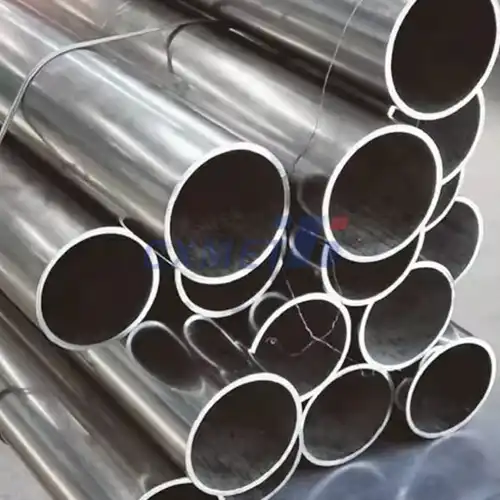
 titanium wire 1.webp)
